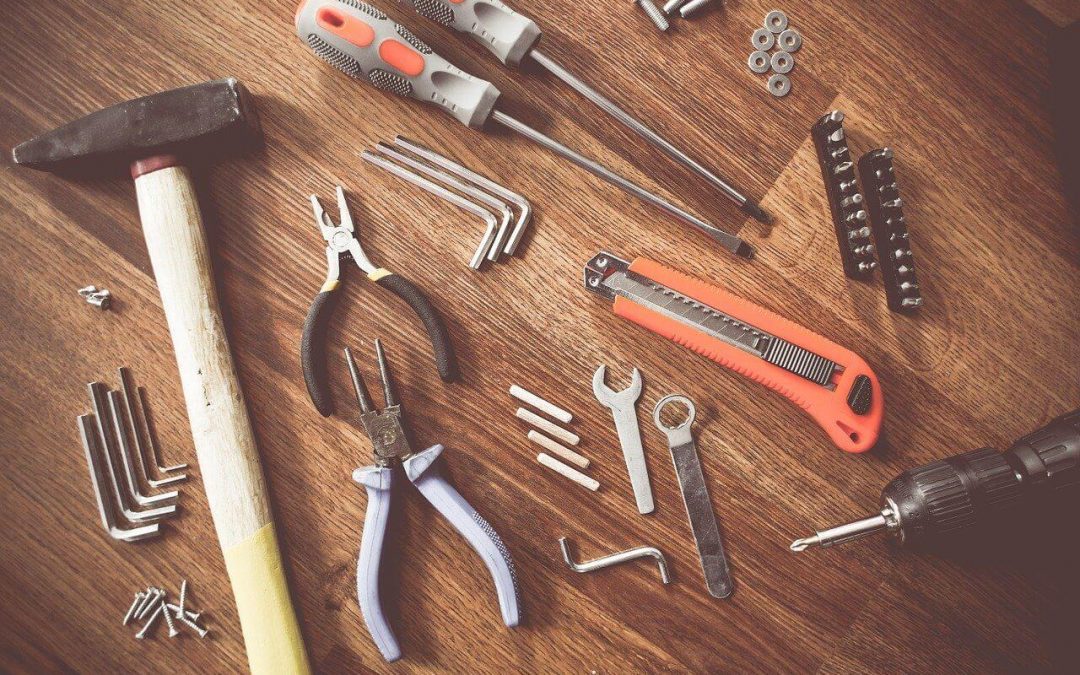DIY projects are a fun way to upgrade a house. Tackling minor home improvements can save quite a bit of money as well. Here are a few essential DIY safety precautions to help prevent injury while working on projects around the home.
DIY Safety Precautions for Home Improvements
1. Make a Plan
Before beginning a project, read up and familiarize yourself with the process. Understanding the steps that must be taken will help prevent mistakes and injury. Plus, you’ll save time on the project. If you’re unsure how to tackle a task, there is guidance online through videos and blogs. Hardware stores sometimes offer how-to clinics to teach practical home improvement skills.
2. Use Protective Gear and Take Safety Precautions for DIY Projects
Protective gear is designed to keep you safe while making updates. Purchase safety glasses, gloves, earplugs, a respirator, and other safety equipment needed for your current project.
3. Keep the Workspace Well-Lit
Whether you are working on the bedroom, bathroom, kitchen, or in a designated workshop, it is essential to keep the space well-lit. Good overhead lighting allows you to see what you are doing, minimizing mistakes and injuries.
4. Have a First-Aid Kit Handy
Keep a stocked first-aid kit nearby when working on a project at home. No matter how cautious you are, mistakes can happen. A basic first-aid kit contains supplies to treat minor scrapes, cuts, and bruises. Include personal medications, like an inhaler or epi-pen, if there is a chance you might need one.
5. Safety Precautions for DIY Projects: Work When You’re Well-Rested
Even on a deadline, it’s never a good idea to work when you are tired. This makes injuries more likely to occur. Being tired reduces reaction time which means working with power tools becomes incredibly risky. Take your time with the project and only work when you’re well-rested and alert.
6. Keep the Floor Clear
When working on upgrades and improvements, keep the floor clear. Remove materials you’re not currently using and put away tools that aren’t necessary for the current project. Having a clean floor will prevent tripping and falling and possible injury.
7. Safety Precautions for DIY Projects: Ventilate the Space
Proper ventilation is key to creating a healthy environment. This is particularly important when working with chemicals or paints. Good ventilation circulates particulate matter out and helps paint dry evenly and effectively.
8. Get Friends or Family to Assist
When working on a project at home, it is beneficial to have someone around to help. In addition to having assistance to make the work go faster, someone is present to call for help in case of an accident.
9. Learn How to Use Tools Correctly
Use tools only for the purpose they were designed for. It’s helpful to review the user’s manual if it’s been a while since you have used a specific tool. If you’ve purchased a new tool for this task, give yourself time to become familiar with how it works before starting a project.
10. Wear Appropriate Clothing for DIY Safety
Dress to protect yourself while attempting DIY projects. When painting, wear old clothing or overalls. For most projects, it’s a great idea to remove jewelry so it won’t get caught on tools or materials. Wear close-toed shoes and tie long hair out of the way.
GeeGuy’s Inspection Service provides home inspection services to customers in the BC Central Interior. Contact us to schedule an appointment.

